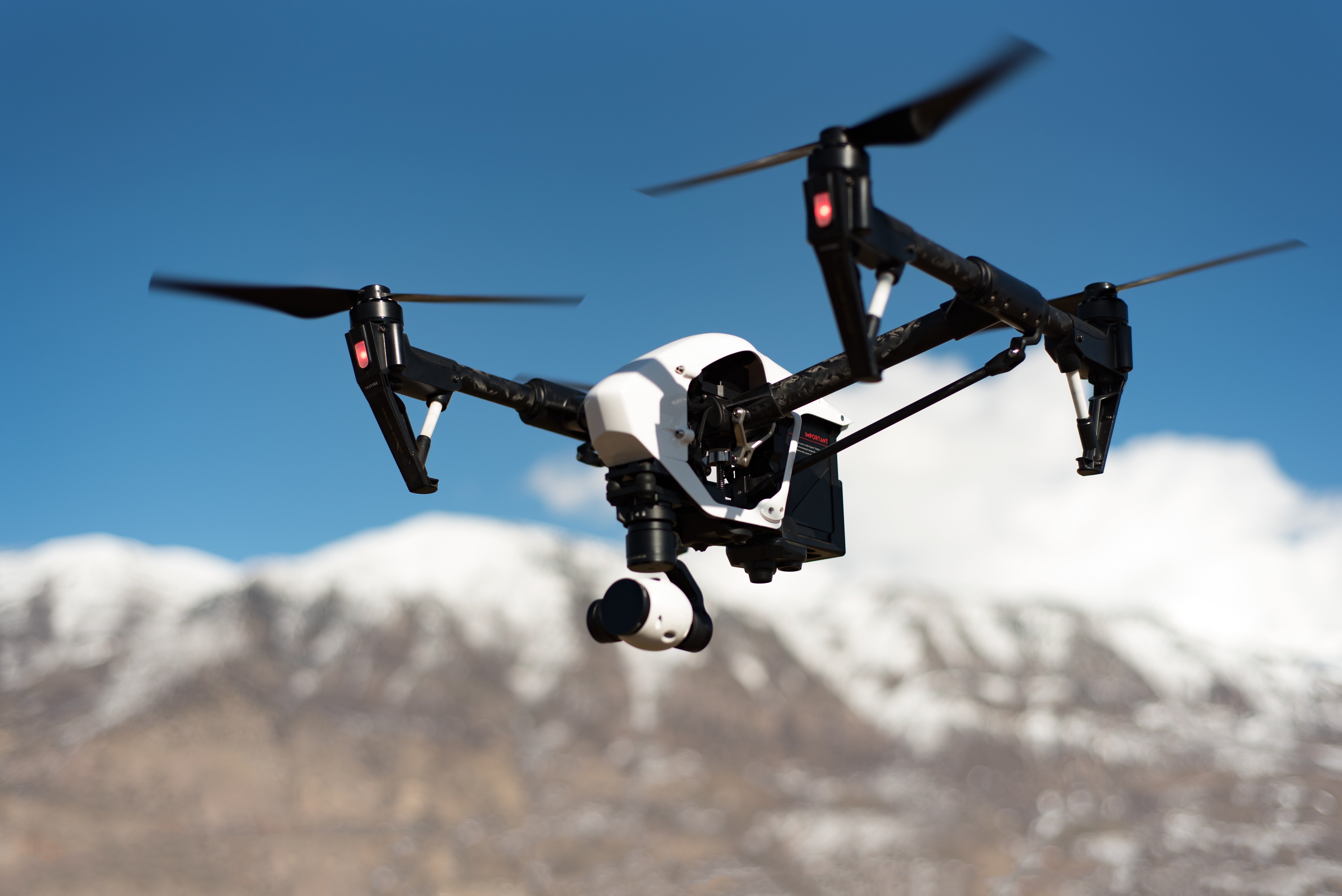
The use of drones in civil engineering applications offers numerous benefits that can increase the efficiency, accuracy and safety of various tasks and can be easier to learn than one might think.
Below are some of those major benefits.
-
Rapid data collection: drones can cover large areas quickly and efficiently, reducing the time required for data collection.
-
High-resolution imagery and light detection and ranging (LiDAR): drones equipped with high resolution and LiDAR cameras can capture high-quality aerial imagery, allowing more detailed mapping and topographical models to be created. The quality of the data can enhance the accuracy of survey results while providing valuable insights for imagery in CAD drawings and geographic information system (GIS) applications.
-
Infrastructure inspection: drones equipped with cameras or sensors can inspect infrastructure such as bridges, water towers and pipelines more efficiently than traditional methods. They can access difficult-to-reach areas, reducing the need for manual inspections while enhancing safety.
-
Documentation and progress visualization: drones can generate detailed 3D models and visualizations of surveyed areas, providing a comprehensive view of the terrain. These images can document the progression of a project over time giving a visual representation of the progress.
-
Cost and time savings: efficiency of drones in data collection, mapping and surveying can lead to significant project cost and time savings. Drones offer a cost-effective alternative, requiring less manpower and equipment to gather data over expansive terrains.
-
Location accuracy: drones equipped with collision avoidance sensors and GPS technology can achieve high levels of accuracy in survey measurements. This precision is crucial for tasks like topographic mapping and infrastructure inspection.
-
Enhanced safety: drones can be deployed in hazardous or hard-to-reach areas, reducing the need for surveyors to physically access challenging terrain. Drones improve safety by minimizing risks associated with on-site inspections, especially in areas with steep slopes, unstable terrain or other potential hazards.
-
User-friendly interface: many modern drones are equipped with user-friendly interfaces and automated flight control systems making them accessible to less experienced operators with drone technology, reducing the learning curve.
In summary, the use of drones in civil engineering offers a wide range of benefits, from increased efficiency, improved data accuracy and project inspection to enhanced safety and cost-effectiveness. As technology continues to advance, drones are likely to play an increasingly integral role in civil engineering.
Tags
